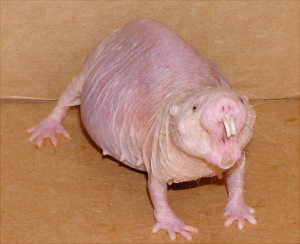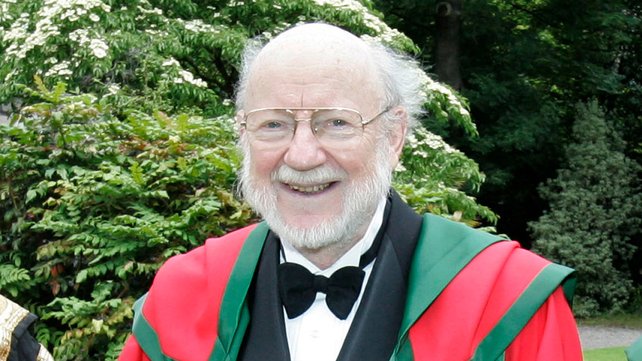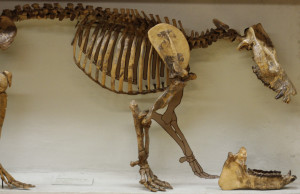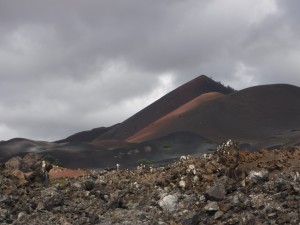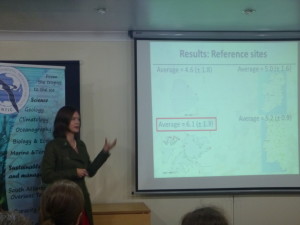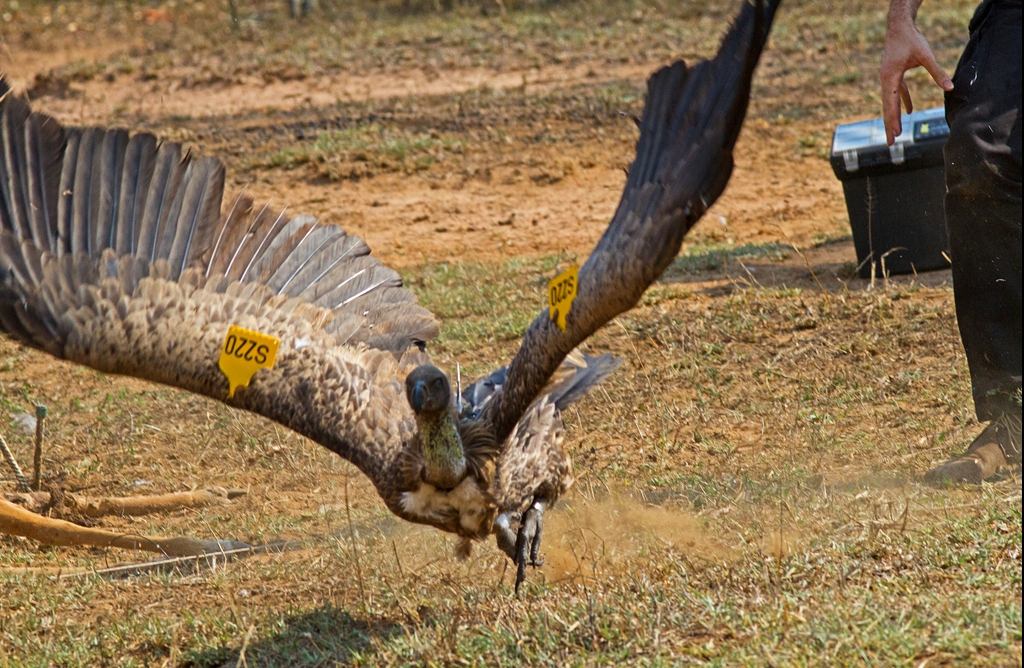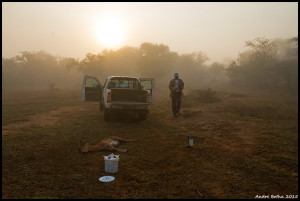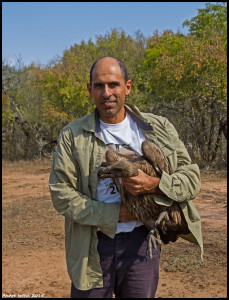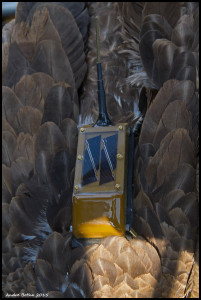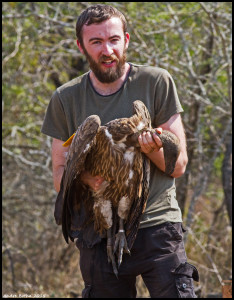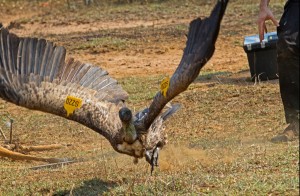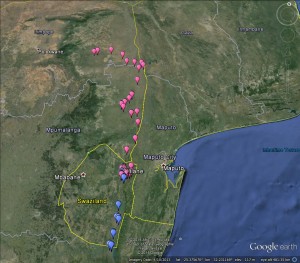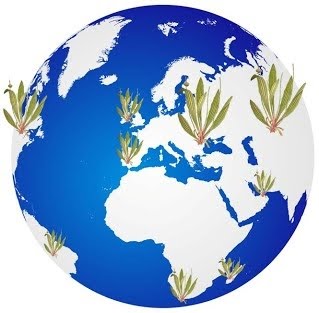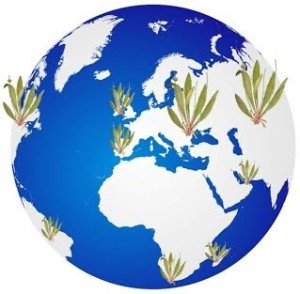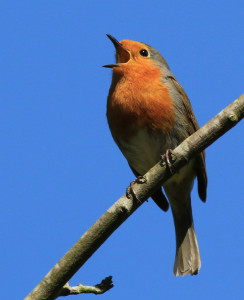At today’s NERD club, we tried our hand at explain our research using the up-goer five, which limited our available vocabulary to the “ten-hundred” most common words (thousand isn’t one of them).

After some brief hesitation, the 9 of us present found out that despite being quite challenging, this can be an incredibly fun and useful activity when it comes to explaining our often jargon-filled research to the public. While this system is rigid, and a tad extreme with words such as “plant” and “science” unavailable, it forced us to find alternative ways of explaining what we do.
Here’s what we came up with:
People need many different things like food and wood from the land and I am interested in helping them to manage their land to get lots of good things from it. People have come up with ways of finding out the relationship between living things and the good things like food but it is still hard to find out how to manage the land for what we want. This is because when we make living things different it is hard to tell what will happen to the good things we want. We think the best way of getting out of this problem is to understand how changing where living things are and how many of them there are changes the food and other good things that we want. We help by giving people a plan for how to manage living things that will give us more of the good things we want from the land. This plan will help people to talk about what they want from the land and how to get it.
The world is getting warmer, much warmer and quickly. It’s hot outside, in the air and in the water, even deep down in the water. Ice is becoming water, land is getting drier, so in some places its too wet and in others its too dry. People are having a bad time in lots of places. Animals are sad too. We know all of this because of the hard work of people’s brains.
What can be done?
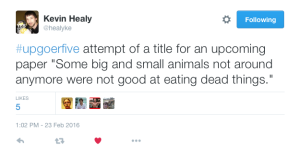
“If I have everything I need, to do whatever I need to, I am happy. Just to say, if I have food I eat and I am happy. If I don’t have enough I have to eat less, or take food from somewhere else. If I take it from somewhere else, maybe another person will not have it for his own.
To do food I need land. The problem is that after I use land to do food this land gets bad and is not beautiful anymore. But if I have a lot of money, I can buy land and food from somewhere else and keep my land beautiful and clean.
If people can buy the land and the food they need, there can be a person with more money than you that buys all the things you need, and you can’t eat and live. So, it is important to control what people do with their money. It is important to check that no one is taking food or using land that is needed for another person to live.
People with no food get angry and one day they will come where people with money live and take back their land and their food.
I am studying a way to control if people with money is taking food and land from other persons that really need it (more than these people with money).
We can stop that by checking if these people really need these things and if they can find these things where they live. If they can, they have to use them, instead of going somewhere else to make less beautiful the land of other people.
Mean animals that live in other animals and then hurt the other animals are in many places. The animals I study all live in water that does not run. The mean animals sometimes make the house animals do things they would not do most of the time. When the house animals do strange things, this can make everyone else in the whole water group do things different to how they usually do and power from food can go to different places. When the water gets hot, everyone in the water does things not how they do them in cold water. I study how the mean animals and the house animals do things when the water is hot and cold and how this makes everyone in the water different. I also study how all the animals doing different things can make the power from food go different places and can change who eats who and how often. I study these things in the water outside and in small water inside.
I want to know how the brain understands what it sees in the world. When we see the world through our eyes, they send this to the brain telling it what they saw. The way the brain understands this is important because when the brain talks to the eyes, the pictures can be slow or might not get to the eyes at all. When this happens in people, they think they have a friend when they do not. They are talking to themselves.
We try to understand how the eyes talk to the brain by making simple games on a computer that make animals play with each other with an angry animal chasing a smaller animal. We set up roads between the cells in the brain and then make the brain bigger to see is the angry animal better at chasing the smaller animal in the computer game.
We try to understand this by looking into the animal brain while it plays around in interesting worlds on the computer. By changing the number of roads in their brains before and after the games, animals change what they catch, we hope to learn more about the brains power to understand these games.
We study how and why trees and other green living things live and grow where they do. To do this we have to go to where the green living things live and look at them and what other things are living beside them. Green living things need to live in the ground, the ground is different all over the world and some things can live in some places and not others. We try to understand why this is by changing what’s in the ground and seeing what type and how many of each thing continues to live there.
Green things what live in the ground can also change themselves to fit the type of ground, rain or sun they get every day. They can change many things such as how big or small they grow or how thick their leaves are but quite often to make a good change to one part of their body they must also make a bad change to another. We try to understand what causes these changes by looking at one green thing that lives all over the world and seeing what changes are made and where the things with those changes are living.
Attempting to describe population ecology



